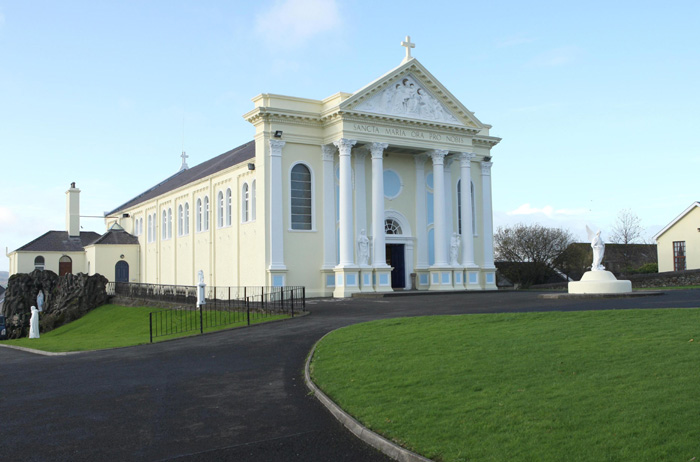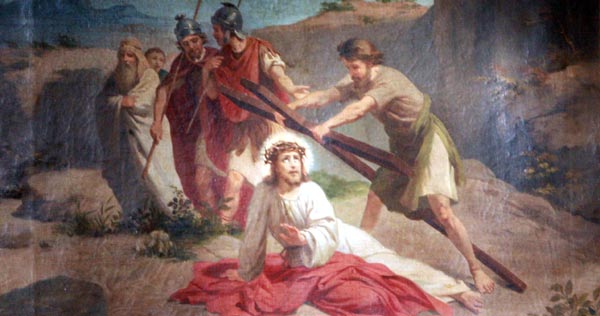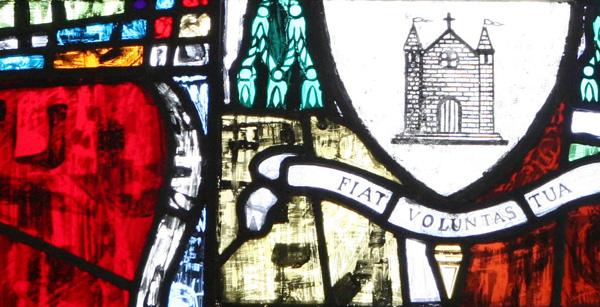
The Parish of Desertegney and Lower
Fahan.
The
Parish of Desertegney and Lower Fahan
comprises an area of 32,360 acres and
has an increasing population of around
9,000. Stretching northward from Lisfannon
to Meentagh Glen and Mamore Gap, it
is a parish of mountains, valleys, rivers,
lakes, seashore and woodland. It is
steeped in history and can be proud
of the way in which the “Faith
of our Fathers” has been passed
from generation to generation.
The
parish is blessed with three well established
churches:
The
magnificent St Mary’s
Oratory in the town of Buncrana,
The
beautiful Star of the Sea Church
at Desertegney, &
The
hugely impressive, St Mary’s
Church at Cockhill.
The parish has been
fortunate down the years in the commitment
shown by its priests to the development
and fostering of education among our
young people through the development
and maintenance of five primary schools.
As well
as fostering the spiritual and educational
needs of the people it is important
to note that successive Parish Priests
have displayed a great interest in promoting
the provision of social facilities.
The
greatest asset in the parish, is without
doubt, the people. The people of Desertegney
and Lower Fahan are active. There are
many organisations involved in charitable,
pastoral and spiritual work in the Parish.
At the turn of the century (1901) the
foundation stone for St Mary's Hall
was laid and the building was completed
in 1904. Today, St Mary's Hall consists
of a Cinema/Hall and Community Centre.
The Community Centre was added to the
Hall in 1974. When the new school was
built in Cockhill in 1984 a Community
Centre for the people of the area was
incorporated in the plan. With the opening
of the school in Drumfries in 1996,
the old building was handed over to
the local community for use as a Youth
Club.
In the 150 years
since the building of St Mary’s
Cockhill, the landscape and fabric of
the parish has changed. Buncrana has
developed into a busy, industrial town
while our precious culture and environmental
heritage is a source of enjoyment and
delight for residents and visitors alike.
The people,
too, have changed in so far as they
have met the challenges posed by an
evolving modern society.
Bishop
Edward Maginn
Edward Maginn,
one of Derry’s most noted Bishops,
was born in Fintona, Co. Tyrone in 1802
and moved with his parents to Buncrana
where he spent part of his childhood.
At 16 years of age he went to the Irish
College in Paris to study for the priesthood
and was ordained in 1825.
He returned as
Curate to Moville and served there until
1829. He was passionately interested
in every movement of the time, political,
social and religious, fond of controversy
, an untiring defender of such rights
as the ordinary people enjoyed and no
respector of those in position of power
around him. He was a firm supporter
of Daniel O’Connell in his struggle
for Catholic Emancipation. He had already
become a popular local hero among the
people before he was appointed Parish
Priest to Desertegney and Lower Fahan
in 1829 on the death of his uncle and,
here too, he threw himself into everything
that was of benefit to the people.
When the National
Schools scheme was set up in 1831, he
began a huge scheme of building, huge
when we consider the poverty of the
day, and over the next number of years,
built schools in Cockhill, Drumfries,
Tullydish, Ballymacarry and Illies,
two of which were in use until the mid
1990s. Times seemed to be on the mend,
we now had schools and the penal laws
were almost completely gone. The was
a Church in Cockhill situated somewhere
in the vicinity of the old graveyard.
In 1845, Fr Maginn
was appointed Bishop due to the illness
of Bishop McLaughlin. This was an immensely
popular choice and £200 was collected
throughout the Diocese to make him a
presentation. This sum would now be
valued at tens of thousands and shows
in what high esteem he was held, not
just in Buncrana, but all over his Diocese.
But, his reign
as Bishop was not to be a happy one.
The great famine was already ravaging
the country. His efforts were now directed
to the relief of hunger and the saving
of lives. It is a token of Bishop Maginn’s
courage that in the midst of this horror
he built, and in the darkest year of
the Famine, opened the Parish Church
at Cockhill on Sunday 13th July 1847.
1847 was known long after as Black ’47.
Around this time the British Government
thought of a scheme to relieve the desperate
situation at home by a transfer of one
and a half million Catholics to Canada.
A circular was sent to the Bishops to
find out their views on the plan –
Bishop Maginn stood fast against this,
as he stated, “wholesale system
of etermination.”
Two years later
he fell victim to Typhus, one of the
many diseases rampant at the time and
died on 17th January 1849, after an
illness of just three days.
Cockhill
Church.
Bishop Maginn
travelled as far as London to gather
money for the building of Cockhill Church.
He accepted money from all creeds with
equal gratitude. A loan of £1000
from the Commissioner of Public Works
was the major part of his collecting
efforts. It was guaranteed by Big John
Granny of Glenard and one of the Kellys,
and took 30 years to repay. But, it
was paid out in wages to the workers
at a time when they had no other means
of survival.
There was a policy,
much favoured by the landlords to keep
Catholic Churches out of towns. As we
see in the case of Cockhill, the Church
was built approximately one mile outside,
a fairly common feature all over Ireland.
And it is a pity that all traces of
the older Church, which Bishop Maginn
replaced, have been lost. A visible
link between the Mass Rock on one side
of the river and the present Church
on the other would be of great interest.

The Stations
of the Cross in St Mary's Church, Cockhill
